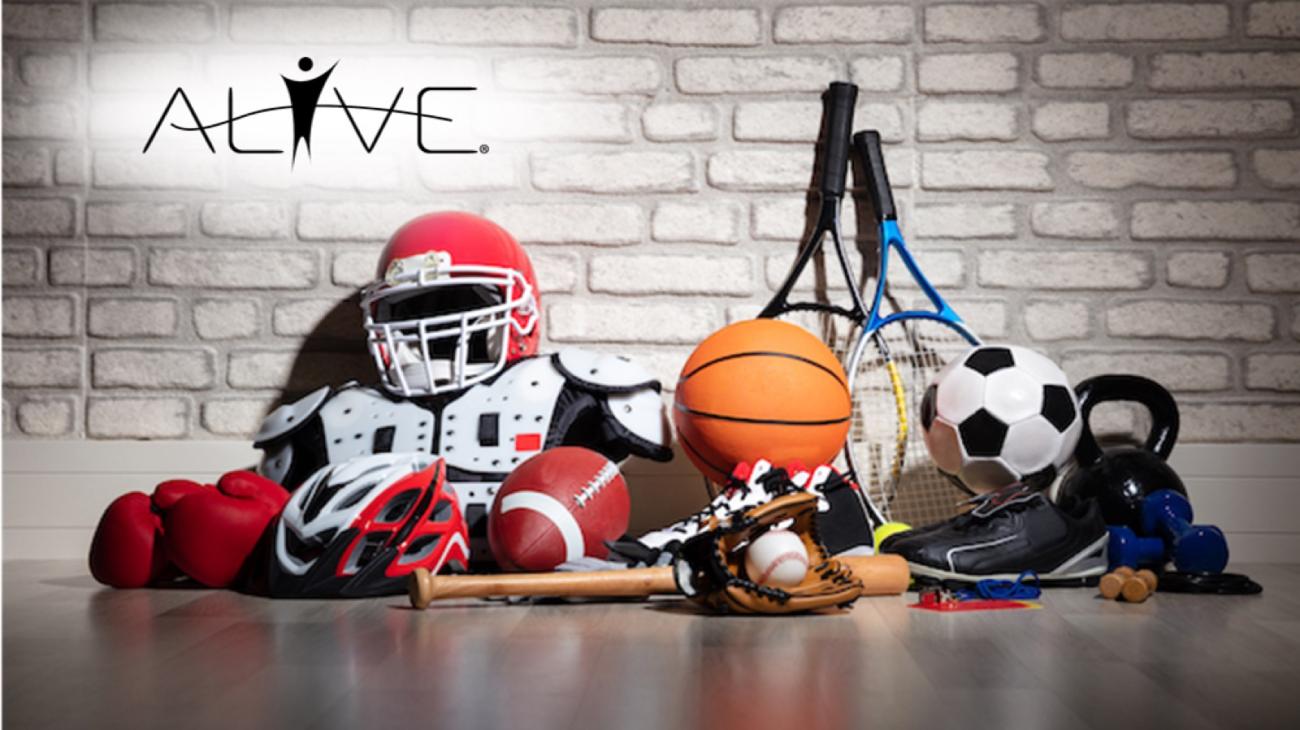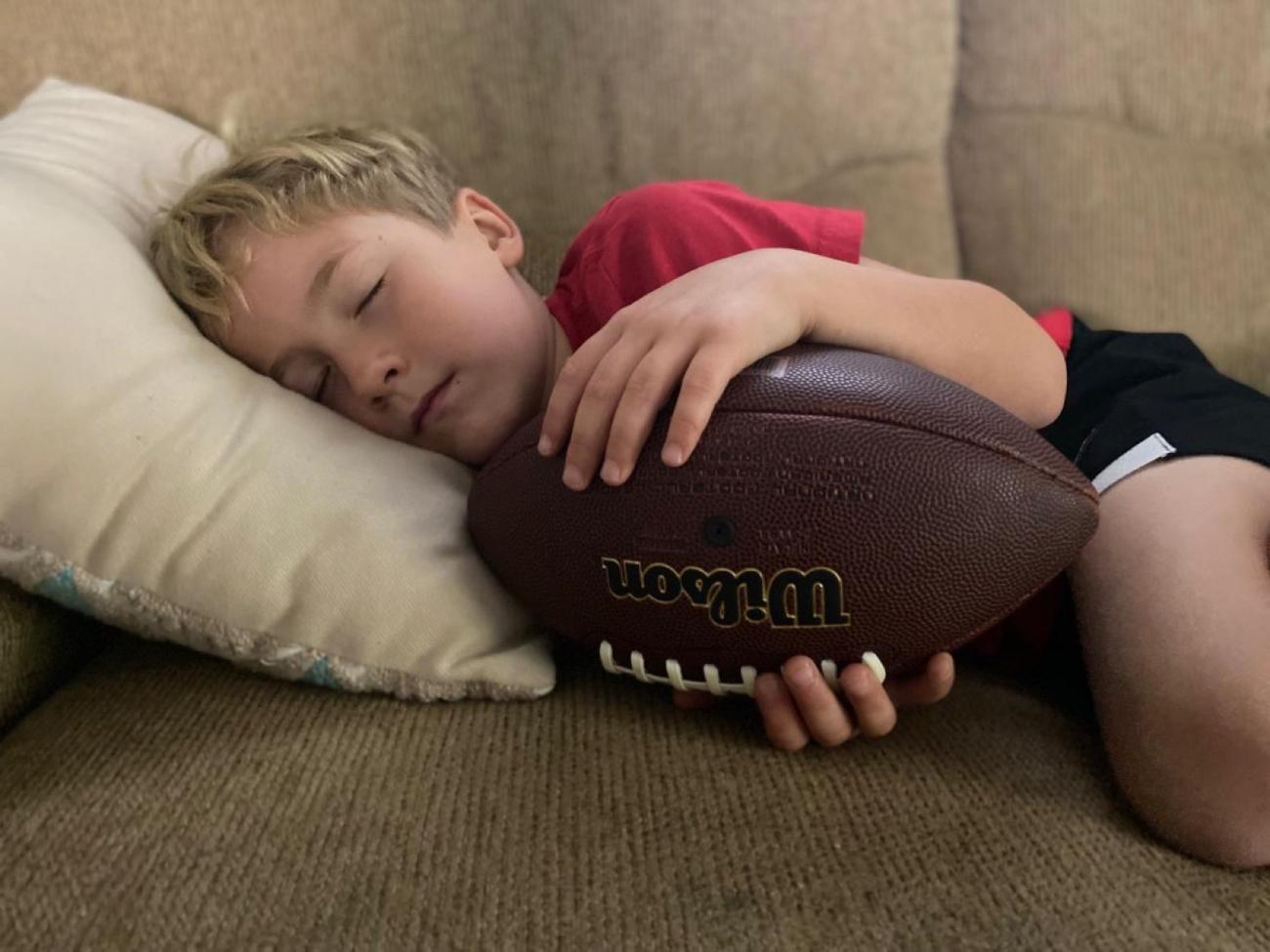
A couple of months ago, I read an article that a seventh grade football player has received a scholarship offer from the University of Michigan. A thirteen year-old, barely into puberty. A young boy who isn’t near a maturity level to know whether or not he wants to play football in a collegiate setting. Can we talk about pressure? Now, the article did not state whether or not he participates in other sports. However, multi-sport athletes seem to be a thing of the past with early sport specialization becoming more and more common.
You might be asking “what is early sport specialization?”
Sport specialization is defined as “intense year-round training in a specific sport with the exclusion of other sports, at a young age.” Youth participating in sports has increased from about 18 million to more than 60 million over the past few decades. This is huge! As an athletic trainer, I’d also venture to say this is fantastic because it means that more children are being active and reducing the risk of health conditions later in life.
However, sport specialization can lead to an increase in injuries, lack of motivation, and burnout, which causes me to wonder why a parent or coach would want to have their young athlete specialize at such an early age. Perhaps the yearning to see their child succeed. Perhaps it’s the reliving of personal ambitions unmet. Perhaps it’s just a lack of knowledge around the potential risks surrounding this approach. Whatever the reason, I proudly support sport diversification (defined as participating in a variety of sports and activities through which an athlete develops multilateral physical, social, and psychological skills) which supports a child learning new skills and being exposed to many forms of activities.
Here are a few of my outlooks on early sport specialization:
- I believe that children 0-12 should play as many sports a possible and focus on “playing.”
- I believe that adolescents 12-15 should continue to play multiple sports, but consider narrowing to their top 2-3 with a focus on specific skills and the physical requirements of those sports.
- I believe that teens at the ages of 15-19 can begin to understand what it means to train, and drill, for a specific sport, and even then can participate in multiple sports.
- Specialization should only be considered once the mental, physical and social aspects of a child are fully developed.
It is often forgotten that children are still growing and in a constant state of change during developmental years. Their bodies need time to recover in order to prevent injury after injury. Furthermore, growth cartilage is incredibly vulnerable to the stress of repeated micro traumas. This phenomenon is quite common with baseball pitchers due to the repetitive movement and amount of pitches they throw. It’s also why there are actually rules that have been developed around the amount of times pitchers throw and how many rest days between each throwing session.
Some benefits of sports diversification, include:
- Motivation. When athletes are educated about sports on a broad spectrum, in positive settings, they are likely to want to continue to learn and grow.
- Preventing burnout. When the physical and emotional exhaustion from the psychological and physiological demands are too much for an athlete, they often experience burnout. Most people appreciate variety and it is no different in children and adolescents. Exposure to a wider selection of athletics may combat feelings of depression, withdrawal or the overwhelming nature to perform at a high-level in a single sport.
- Promoting development of physical and cognitive abilities. You can thank the crossover effect for this. A child playing softball learns hand-eye coordination. If soccer is added to the equation, they also learn foot-eye coordination, footwork and running mechanics.
- Fostering self-esteem, leadership and relationship-building. Sports have the ability to foster all of these qualities, and more. By learning to manage diverse training regimens, interact with different athletes and truly uncover what they are passionate and skilled in, young athletes subsequently feel more confident, learn greater responsibility, find themselves in leader/learner surroundings and have the ability to make more friends.
Any activity increases the chance of sustaining an injury. However that multiplies once the intensity level and training volume go up. This is where diversification has perks. It spreads the stress of athletics over many patterns and systems, rather than just one for the duration of a year. This cross-training allows the body to recover, grow stronger, and build better injury resiliency. With proper supervision and a well-designed program, a youth resistance-training program can help to improve body composition, increase in bone health, and decrease injury.
*Shameless plug alert* As many of you know, I serve both our local schools and hospital with athletic training services. One phenomenal program we have at AL!VE is called “Little Lifters,” for children 9-12 years of age. This program requires two, 1-hour orientation training appointments in MOVE, the fitness center, with degreed trainers who will help the child enrolling to familiarize with equipment and properly learn how to use it. Once completed, the child may begin utilizing the facility when their parent/guardian is with them. This is a great way to encourage a healthy lifestyle – for both parent and child – in a setting where knowledgeable staff are readily available to answer questions or address concerns
Now . . . if I haven’t convinced you yet, I have one more statistic to leave you with. Did you know that 92% of active roster Super Bowl LIV players were multisport in high school (58% track and field, 54% basketball, 15% baseball, <5% wrestling, soccer, lacrosse, rugby, volleyball)? I have also often heard that multiple collegiate football coaches prefer athletes who have not just specialized in football.
So to the parents reading this, I absolutely understand that you want what is best for your child. But the continuous push for scholarships for young athletes and pressure to be the best in a specific sport at a young age is more harmful then helpful.
By Kim Epperson
MS, AT, ATC, Sparrow Eaton Hospital & Charlotte Public Schools Athletic Trainer




